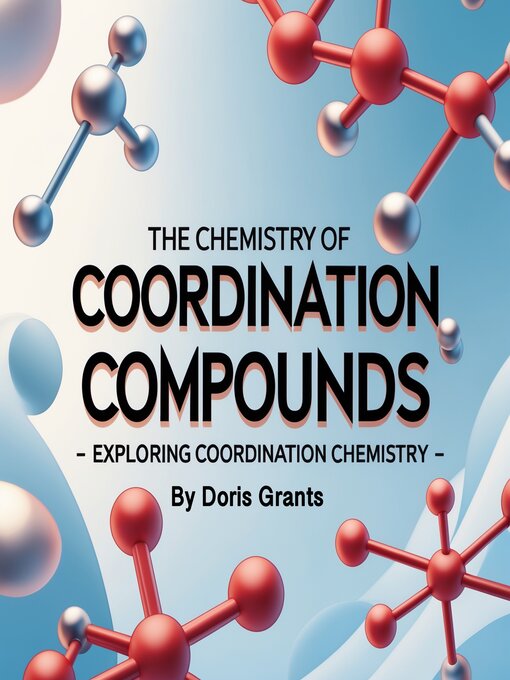This audiobook is narrated by a digital voice.
Coordination chemistry is a vital branch of inorganic chemistry that deals with the structures and properties of coordination compounds, also known as complex compounds. These compounds are formed when central metal atoms or ions bind to surrounding molecules or ions, known as ligands, through coordinate covalent bonds. This field has grown tremendously in importance over the last century, with coordination compounds playing critical roles in biological processes, industrial applications, and scientific advancements.
Historically, coordination chemistry emerged in the late 19th century, primarily through the pioneering work of Alfred Werner. In 1893, Werner proposed the first comprehensive theory of coordination compounds, challenging the existing ideas of chemical bonding and valency. His theories explained the behavior of complex salts and introduced concepts like coordination number and geometry. Werner's work earned him the Nobel Prize in Chemistry in 1913 and laid the foundation for our modern understanding of coordination chemistry.
Today, coordination compounds are central to many areas of science and technology. In biology, they are found in vital molecules such as hemoglobin, chlorophyll, and vitamin B12, where metal ions play essential roles in oxygen transport, photosynthesis, and enzymatic reactions. In medicine, certain coordination complexes are used in cancer treatment, like cisplatin, a platinum-based chemotherapy drug. Industrially, they are indispensable in catalysis, dye production, and metallurgy. Their unique ability to form stable and often colorful compounds makes them valuable in both analytical chemistry and material science.
